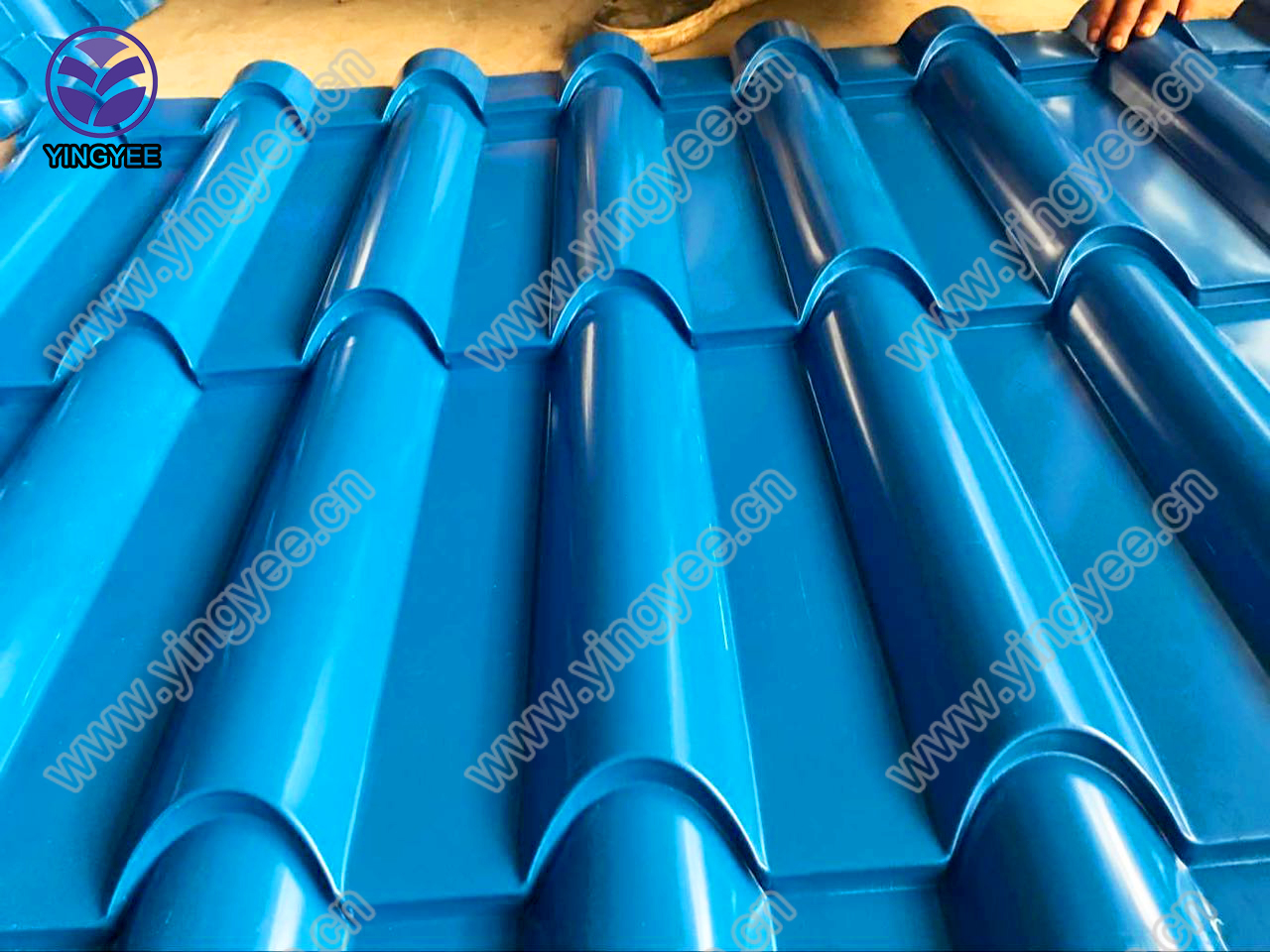Manual Size Adjustment of Stud and Track Roll Forming Machines Using Spacers
Roll forming is a highly efficient manufacturing process that produces long lengths of metal parts with consistent cross-sections. Among various applications, stud and track roll forming machines play a vital role in the construction and building industry. These machines create components essential for framing systems, such as studs and tracks, used in walls and ceilings. Given the diverse requirements of construction projects, the ability to change sizes and dimensions of the formed parts becomes crucial. This article discusses the manual size adjustment process using spacers for stud and track roll forming machines.
Adjusting the size of the roll forming machine’s output is essential to accommodate different specifications and requirements. One common method employed in this adjustment is the use of spacers. Spacers are simple, typically metallic components that can be added or removed to change the distance between rolls in the forming line. This distance directly influences the size of the product being formed.
To begin the adjustment process, operators need to ensure that the machine is powered off and all safety protocols are followed. This is crucial, as roll forming machines can be hazardous if proper precautions are not observed. After making sure the machine is safe to operate, the operator identifies the required size for the new product. This size determination may involve referencing project specifications, customer orders, or design documents.

Once the new size is established, the operator must access the roll forming sections that require spacers. Typically, this involves removing certain covers or shields to reach the rolls. With the machine’s layout in mind, spacers of the appropriate thickness are selected. The thickness of the spacers should correspond to the required dimensional change for the product being formed. For instance, if a wider flange is needed, thicker spacers may be implemented.
After selecting the appropriate spacers, the operator carefully installs them between the designated rolls. This step is critical—the installation must be done precisely to ensure that the machine operates correctly and produces parts that meet quality standards. Misalignment or improper installation can lead to defective products and may require additional time for troubleshooting.
Once the spacers are in place, operators will need to run a trial piece through the machine to verify that the adjustments have produced the desired results. This “test run” allows for any further tweaks or adjustments to be made if necessary. It also helps ensure that the rolls are properly aligned and that the machine is operating smoothly.
In conclusion, the ability to adjust the sizing of stud and track roll forming machines manually using spacers is a valuable process in the manufacturing industry. While it requires careful attention to detail and adherence to safety protocols, this skill allows manufacturers to respond efficiently to varying project needs, ensuring that high-quality components are produced with precision and consistency. Through effective size adjustments, manufacturers can continue to meet the diverse demands of the construction market.